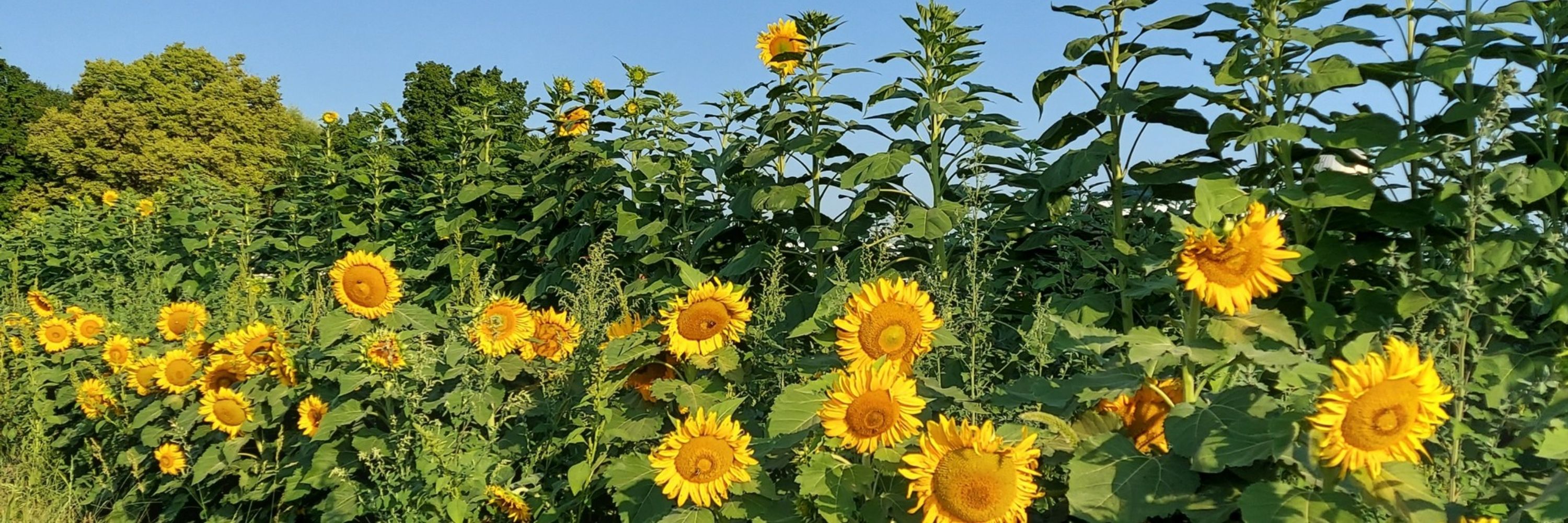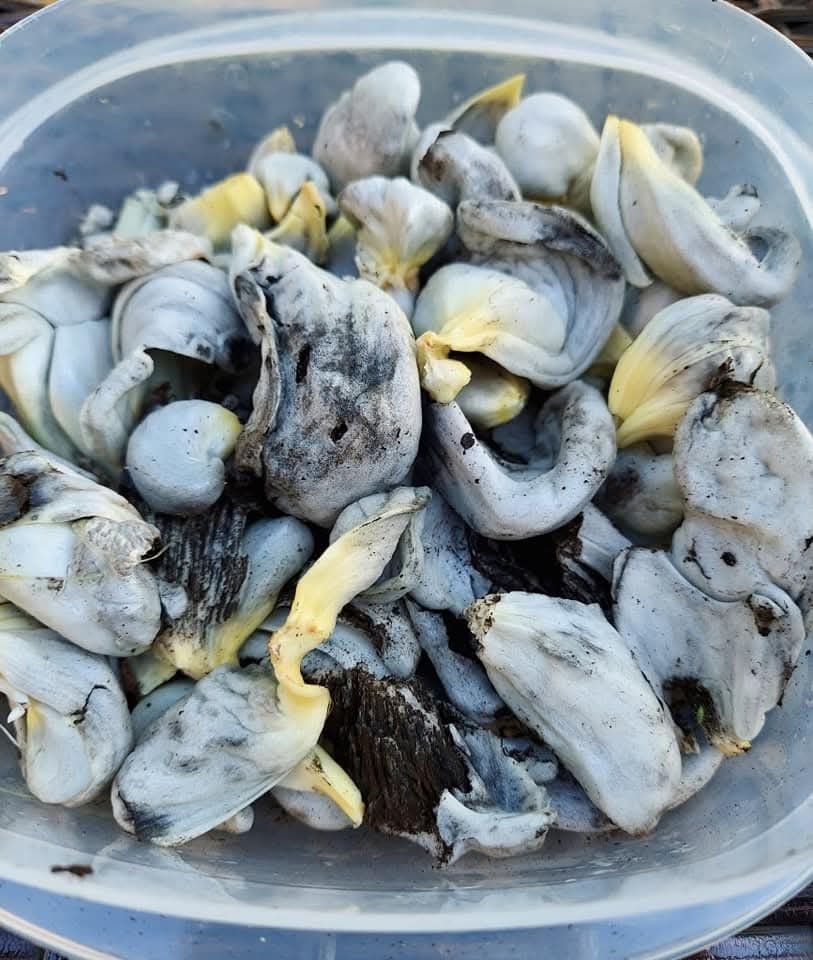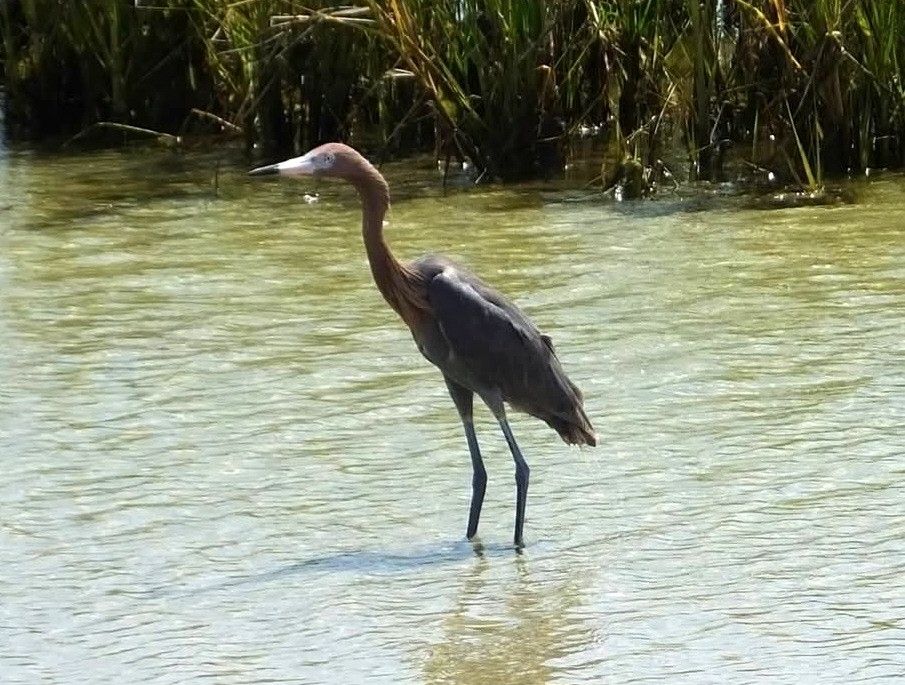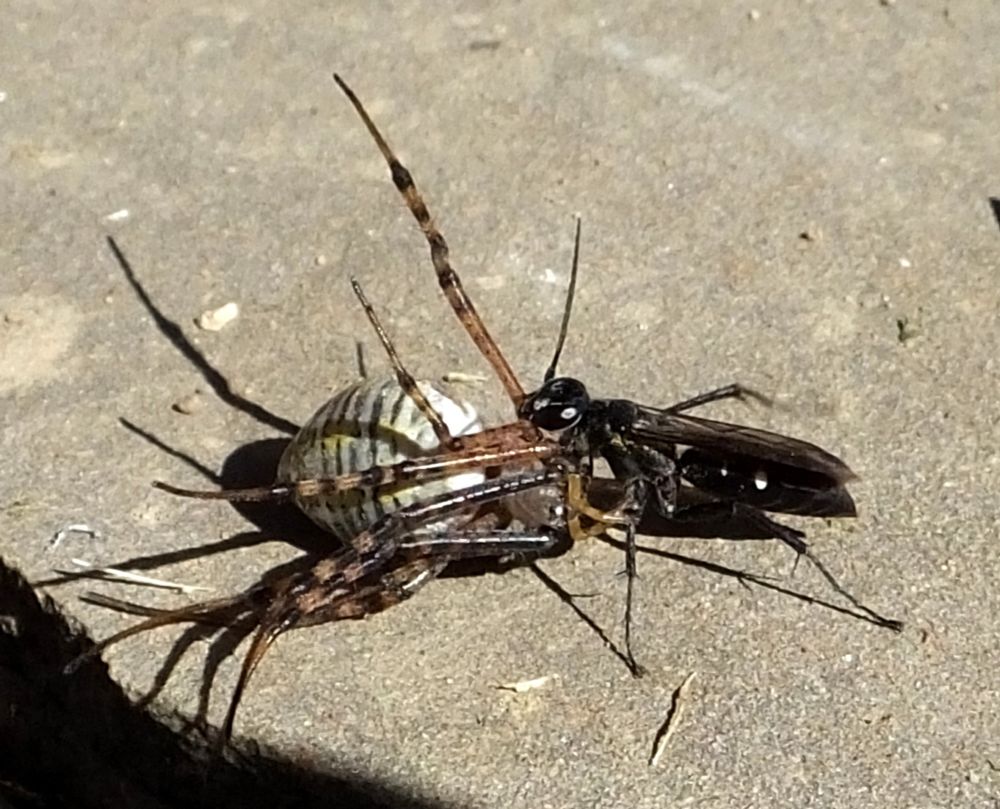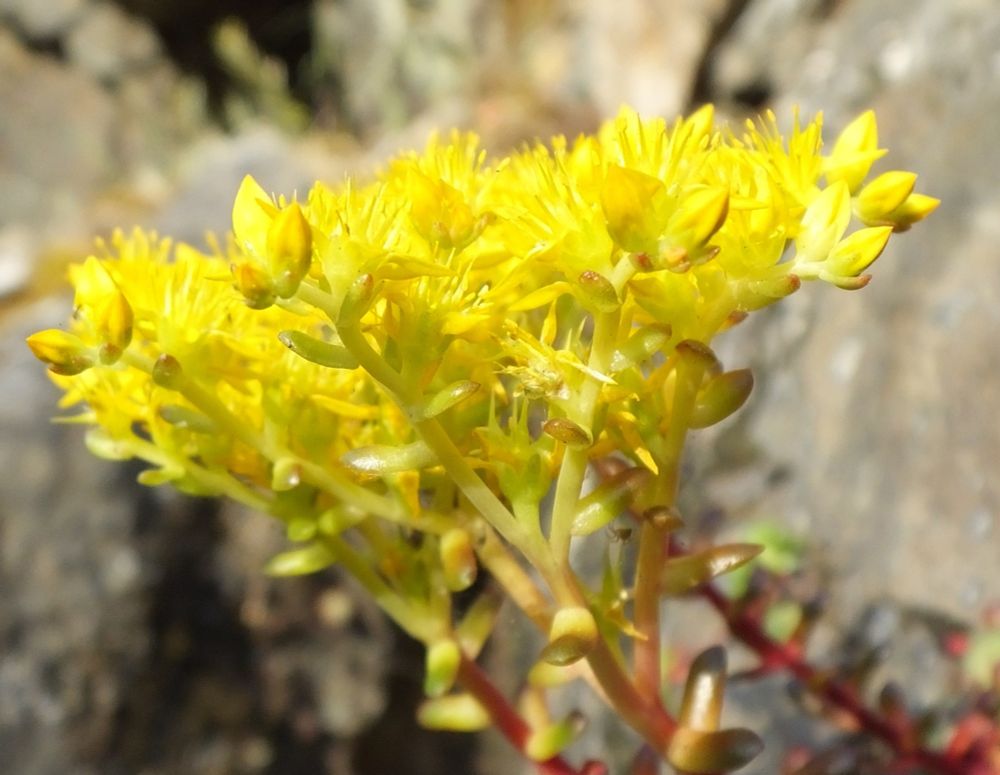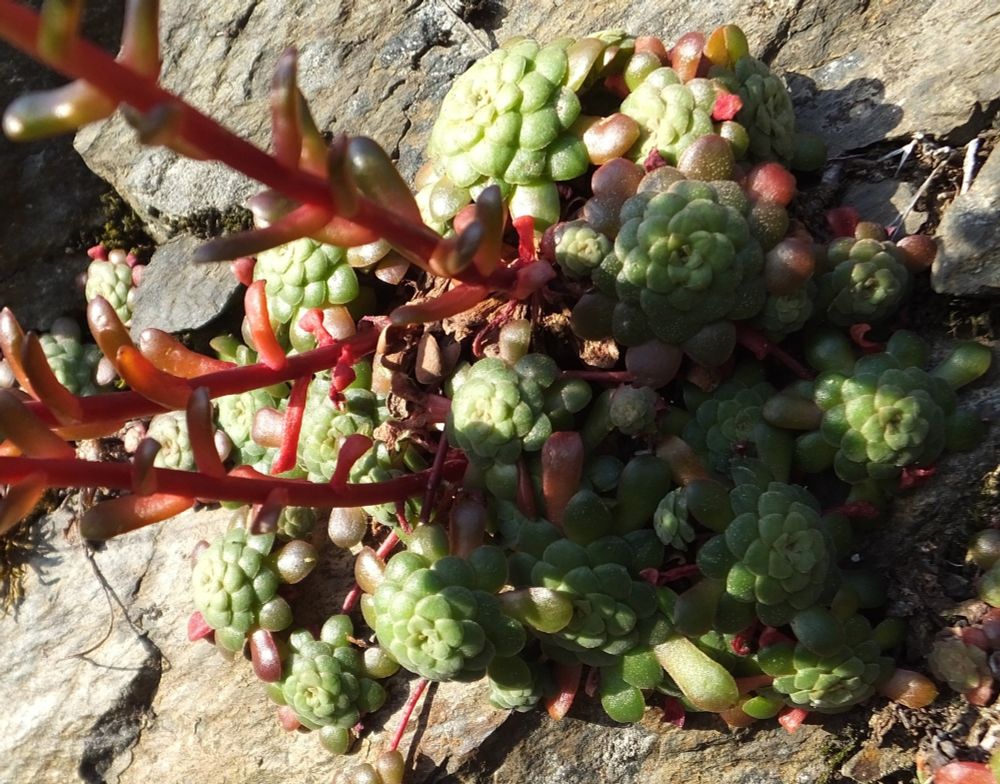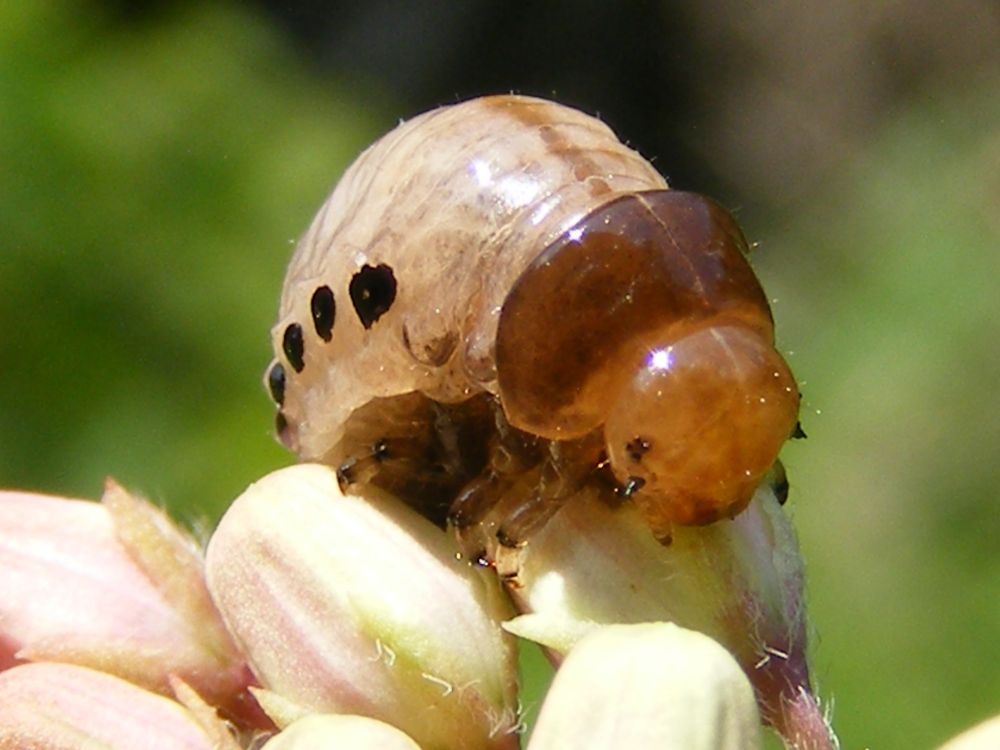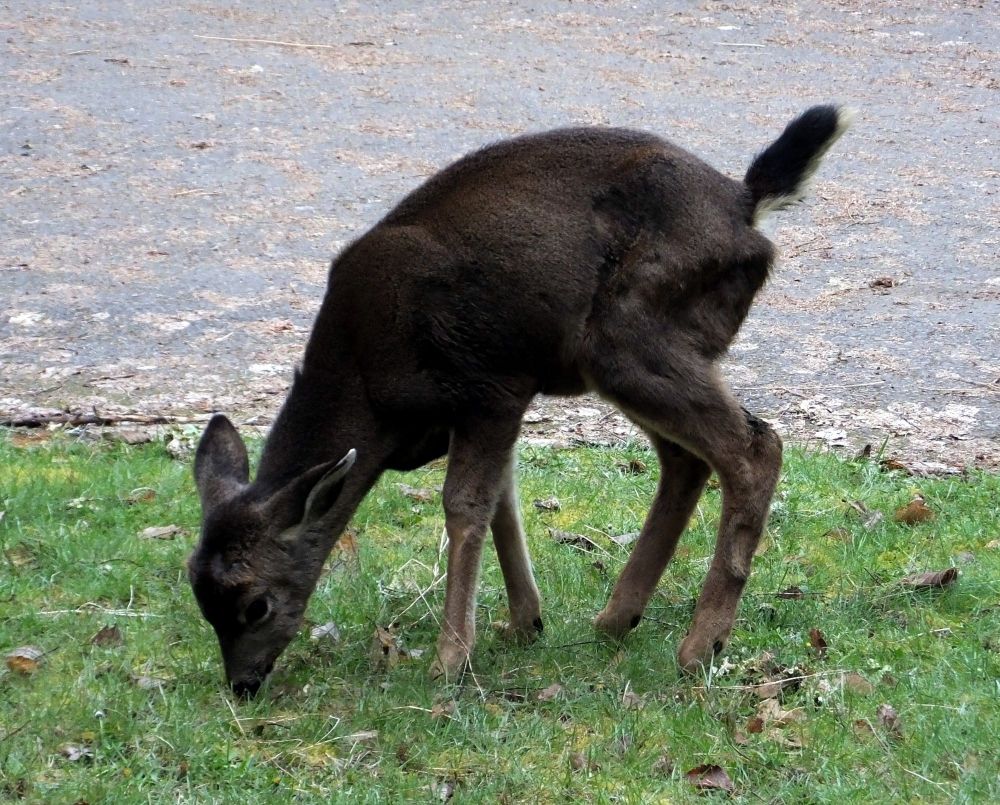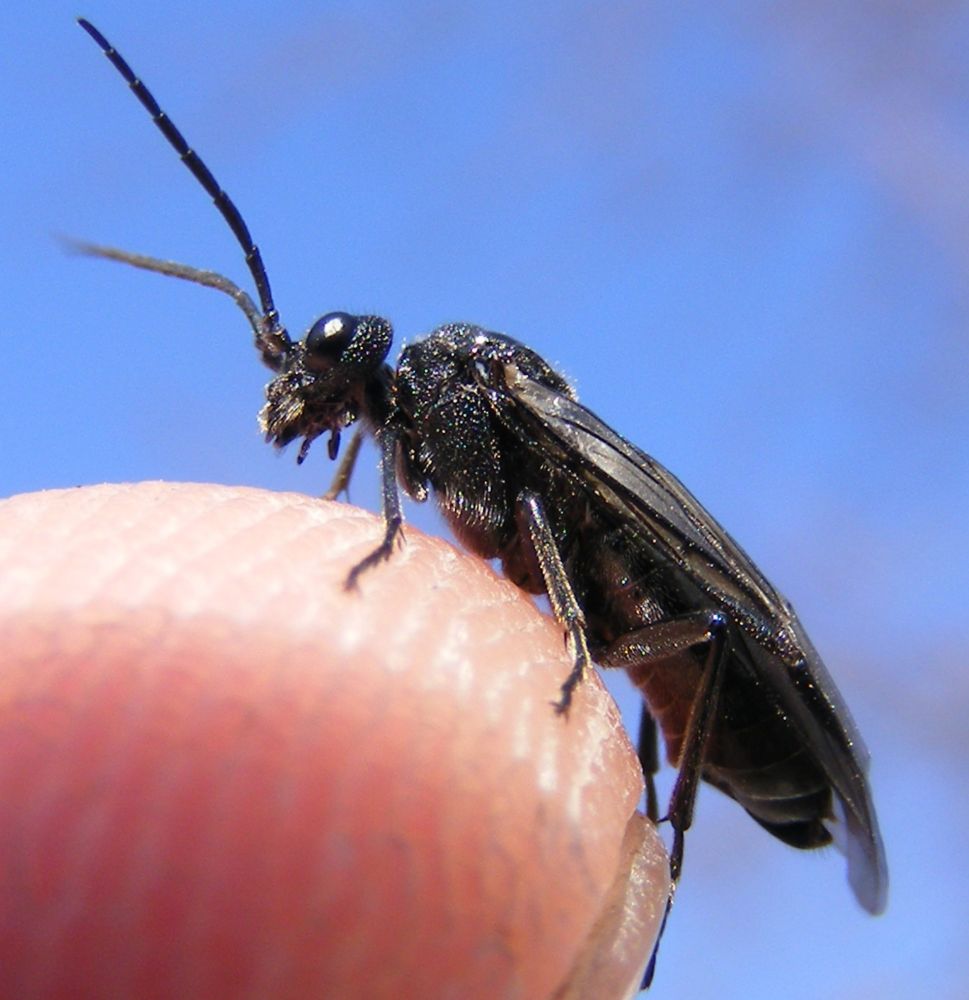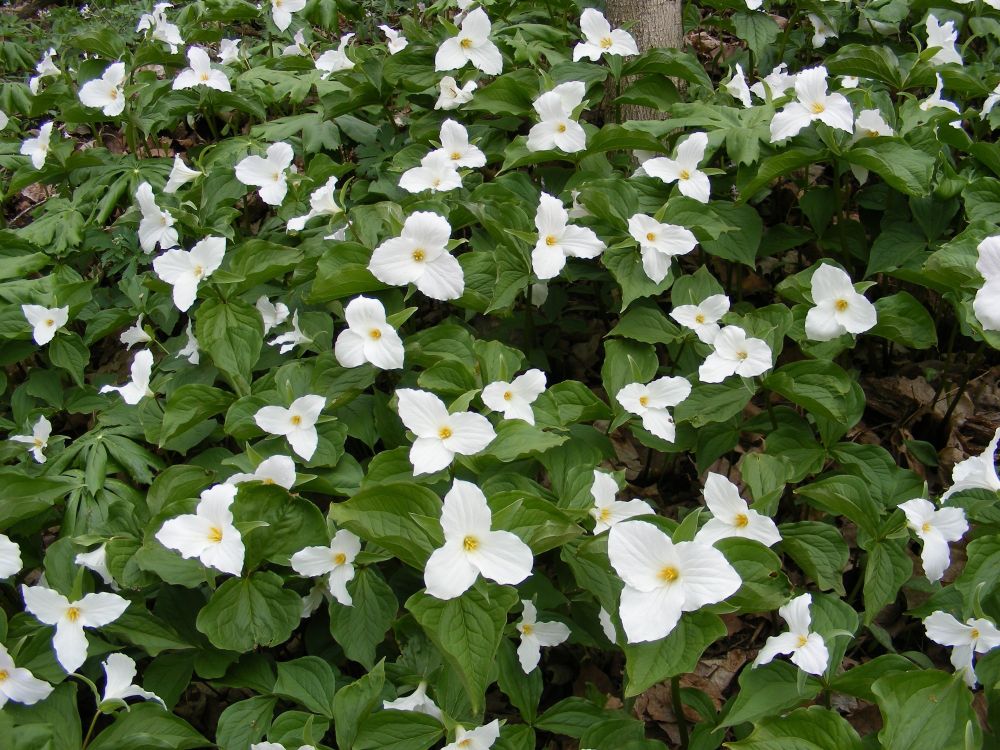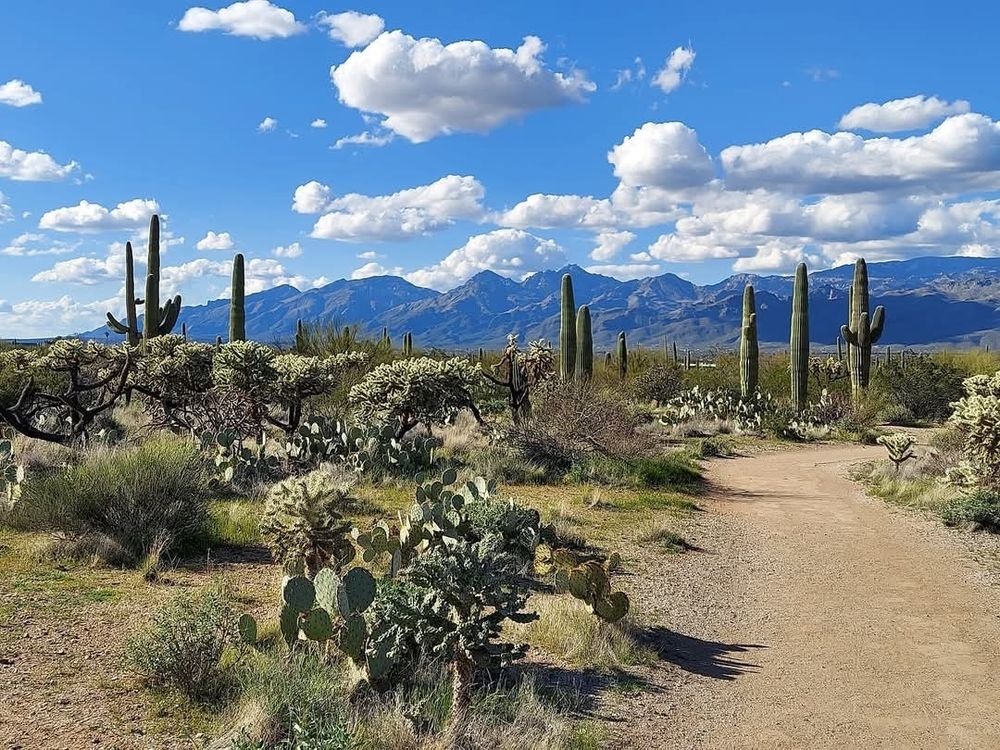Jeremy Sell
Ecology and nature nerd. Plant and insect lover. Michigander. Adventurer. Collector of experiences, not things. BA in Biology and Geology. Dated photos here are © my own.
- Name a song that makes you feel alive
- I need a person
- Is anyone awake?
- This is the oldest photo of me, with my mom, the day I was born. Late 1976. She passed away in 2015.
- Huitlacoche, also known as corn smut, is a fungus that grows on sweet corn. Looks gross, but after learning it's a delicacy in Mexico I decided to try it. It tastes like corn but with a fluffy texture. I mixed some with scrambled eggs and cheese in breakfast burritos and thought it was pretty good.
- The thing you realize about rural elderly Americans after cooking for them for a while: Just don't. Just buy them balogna, white bread, chips, and donuts. For the love of God never put a dash of black pepper on their eggs. These people wouldn't survive five seconds outside of their home towns.
- Rawr 🐯
- Twinflower (Caprifolaceae: Linnaea borealis) grows in cool, wet woodlands across the northern hemisphere. This small evergreen perennial blooms in summer, with pale pink flowers arranged in pairs. Voyageurs National Park, Minnesota, 17 Jun 2020.
- In addition to science and nature, I am a huge fan of history and art. Presented here without particular context or reason is "The Execution of Louis XVI" by Georg Heinrich Sievking, 1793.
- In addition to science and nature, I am a huge fan of history and art. Presented here without particular context or reason is "Marie Antoinette Being Taken to Her Execution" by William Hamilton, 1794.
- Little Blue Herons (Pelecaniformes: Ardeidae: Egretta caerulea) inhabit marshes, estuaries, and other wetlands from the southeast US to Brazil. They patiently wade and watch for fish to catch, and nest in nearby trees. Aransas National Wildlife Refuge, Texas, 17 Jun 2017.
- A spider wasp (Hymenoptera: Pompilidae: Episyron sp.) provisioning her nest with a paralyzed banded orb weaver (Araneae: Araneidae: Argiope trifasciata). When not feeding their children these wasps like to indulge in flower nectar and pollen. Clayton Michigan, 27 Sep 2013.
- Broadleaf stonecrop (Crassulaceae: Sedum spathulifolium) can be found on the rocky slopes of seaside cliffs and inland mountains from British Columbia through California. The bright yellow flowers and succulent leaves make this an eye-catching perennial. Klamath Mountains, California, 26 Apr 2013.
- Buckwheat (Polygonaceae: Fagopyrum esculentum) isn't related to true wheat (Poaceae: Triticum aestivum), but historically the seeds have been used much in the same way. The flour can be used in bread, pancakes, and noodles. Me and four sisters for scale. Blissfield Michigan, circa June 1980.
- A swamp milkweed leaf beetle larva (Coleoptera: Chrysomelidae: Labidomera clivicollis) nibbling on a swamp milkweed (Apocynaceae: Asclepias incarnata) on the edge of a floodplain forest. Blissfield Michigan, 10 Jul 2011.
- After American bison were nearly hunted to extinction in the nineteenth century, the last few hundred found refuge at Yellowstone. They've since been reintroduced to many other areas, becoming so numerous that they often block traffic. Yellowstone National Park, Wyoming, 06 Sep 2014. #NationalParks
- Fairy duster (Fabaceae: Calliandra eriophylla) flowers in late winter in much of the southwest US and northern Mexico. This spreading shrub thrives in deserts and also provides food for a variety of insects as well as deer. Saguaro National Park (East), Tucson Arizona, 16 Feb 2017.
- Columbian black-tailed deer (Artiodactyla: Cervidae: Odocoileus hemionus columbianus) inhabit forest margins along the Pacific coast from British Columbia to southern California. They breed in autumn and give birth to fawns like this one in the spring. Olympic National Park, Washington, 19 Apr 2015.
- Common sawflies (Hymenoptera: Tenthredinidae) look somewhat like wasps, but can be distinguished in part by their lack of thin waists. Adults visit flowers, but larvae feed on foliage. This particular species (Dolerus nitens) appears earlier in the spring than others. Palmyra Michigan, 31 Mar 2013.
- With their large flowers and colonial growth, white trilliums (Melanthiaceae: Trillium grandiflorum) are perhaps the most conspicuous spring ephemeral in eastern North America. These perennials appear in woodlands in April and provide food for early-season insects. Blissfield Michigan, 27 Apr 2008.
- Saguaros, chollas, prickly pears, and palo verdes against the Santa Catalina Mountains. Saguaro National Park (East), Tucson Arizona, 17 Mar 2024.
- My goal here is to keep a bright sunny spotlight on all that is beautiful in the world. But geez I don't know how long I can keep ignoring our slide into 1930s Germany. Eventually they will come for the people who just enjoy nature.
